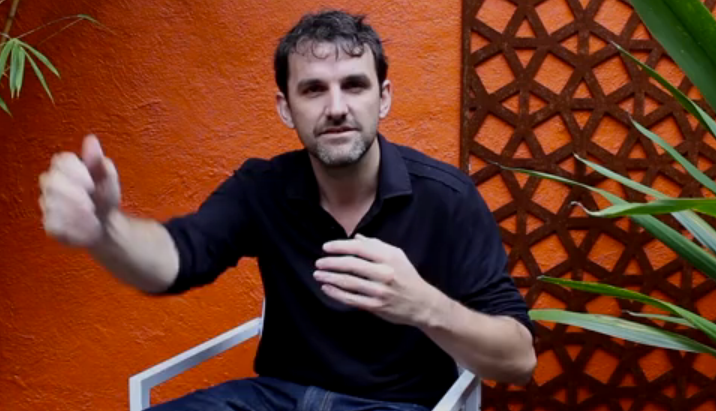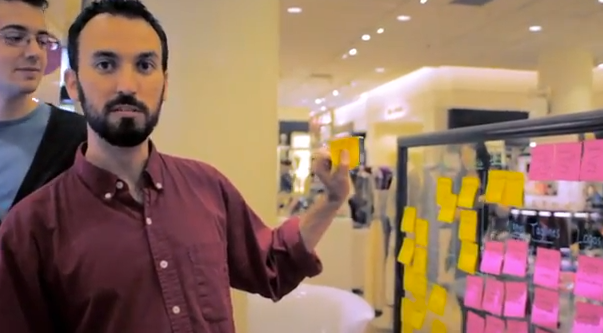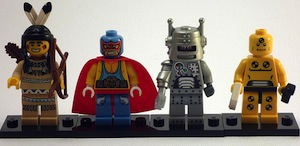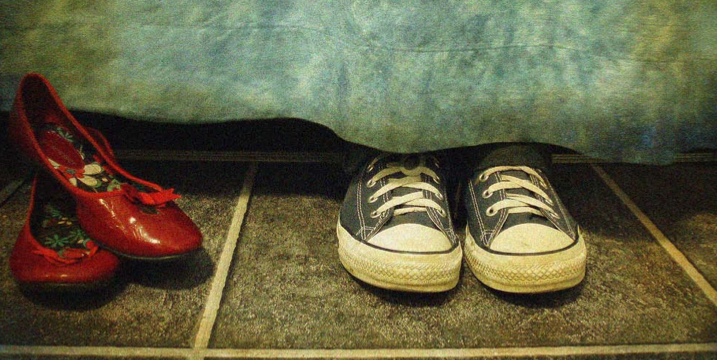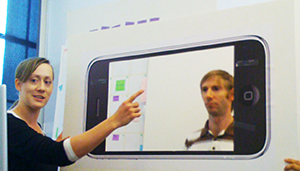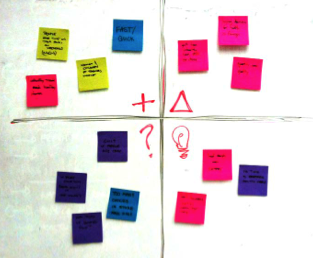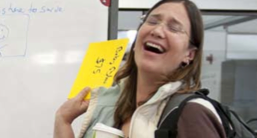Design phase:
Prototype
Build to think
After the ideation phase, you have a mountain of ideas, some of which you'd like to pursue. Prototyping allows you to fully explore all of those concepts you want to evaluate. You prototype because you need to explore your options -- to try things and fail, further informing your design process.
Prototyping is a way to do your due diligence on the concepts that came out of ideation. Get your hands dirty! Click that mouse! Bias towards action! If a picture is worth a thousand words, a prototype is worth a thousand pictures.
Tom Hulme on prototyping
IDEO’s Tom Hulme explains why we have absolutely no excuse for not prototyping every product or idea we come up with.
How do you bring your prototypes to life?
In this video, designers dole out some advice on what happens after the first round of prototyping.
Prototyping is a mindset
Breaker collaborator Tom Uglow explains the prototyping process used by Google Creative Lab.
The one-week iPad app
The Nordstrom Innovation Lab builds a quick, rough prototype. Watch how quickly ideas evolve based on user feedback - right on the store floor.
The faster you get an idea out into the world, the faster you can start to understand its strengths and weaknesses and the faster we do that, the faster our ideas evolve.Tim Brown
More resources
Prototype with a purpose
Think about what you are trying to learn by making a prototype.
Whenever you engage a user with a prototype, you are trying to better understand him and perhaps his reaction to your solution-in-progress.
A common strategy in product development is to create separate models that look like the final product (with little to no intended functionality) and that work like the final product (bearing little-to-no resemblance to the intended final product). Separating a prototype's look and function can free you to be more creative in your exploration.
Common prototype forms
While most people think of a prototype as a rough version of a physical product, prototypes actually span a much wider range of artifacts and experiences and serve a variety of purposes for designers. This page from IDEO’s HCD Toolkit describes 4 basic kinds of prototypes.
Building a prototype to test
The best part about testing prototypes is not just finding out if your prototype works or not – it’s finding out whether you’re making the right assumptions about your users and their needs. Check out how to build a prototype to test in this page from the d.school bootleg.
What are you actually testing?
“My prototype” is not the right answer. You’re testing a variable – learn more about how to identify a variable in this page from the d.school bootleg. Focusing in on one area of your prototype lets you answer your questions about one part of your idea.
Wizard of Oz prototyping
Creating a Wizard of Oz prototype will allow you to test complex ideas in a really simple way. Find out how to make one.
Prototyping for Elmo’s Monster Maker iPhone app
Here’s one of our favorite Wizard of Oz prototypes: designers at IDEO figure out a simple, scrappy way to prototype Elmo’s dance moves.
Enlightened trial and error outperforms the planning of flawless intellects.David Kelley
More resources
Prototype as if you know you’re right. Test as if you know you’re wrong.
Testing is your chance to refine your solutions and make them better. It’s also your first opportunity to test many assumptions you have made about your customers.
At this point in the process, you have identified and built a solution that you believe is desirable (your customers actually want it).
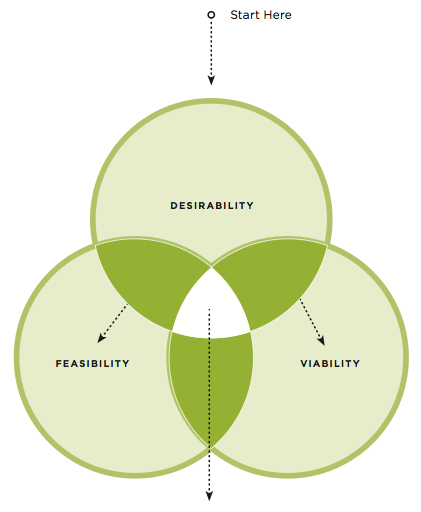
Soon, you will also begin to view your solution through the lenses of feasibility (can I actually build this idea?) and viability (can this solution create a sustainable and profitable business?). But first, you need something your users actually want.
It is at the intersection of all three lenses (desirability, viability, and feasibility) that sustainable innovation thrives. We’ll talk more about viability and feasibility in the next step.
Why test?
To refine our prototypes and solutions. Testing informs the next iterations of prototypes. Sometimes this means going back to the drawing board.
To learn more about our user. Testing is another opportunity to build empathy through observation and engagement—it often yields unexpected insights.
To refine our POV. Sometimes testing reveals that not only did we not get the solution right, but also that we have failed to frame the problem correctly.
Feedback capture grid
This quick template helps you record and organize feedback in an orderly, consistent way – this will help you determine your next steps.
Testing with users
There are multiple aspects to be aware of when you test with users. This page from the d.school bootleg explains how the use of team roles and specific procedures can give you the best chance for meaningful feedback.
Seven pieces of advice for a better user test
These concrete user testing tips from the d.school will help you get the most out of a user test.
Socrates said, "Know thyself." I say, "Know thy users." And guess what? They don't think like you do. Joshua Brewer
Therefore it should come as no real surprise many startups end up accidentally building something nobody wants. If that happens, it really doesn’t matter whether your startup has hit its targets and come in under budget or not. Those items are just of passing interest in the bigger picture view. Job #1 for any startup should be to figure out what customers want and will pay for as quickly and cost effectively as possible.-Eric Ries

What's your big question right now?
What do you want to find out about your idea? Think of a question about how your prototype looks, feels, interacts, or works. That’s what you’ll be trying to answer.
Build two prototypes
Create two prototypes that will help answer your question. Build in whatever way will help you best answer the question (a sketch, a drawing, an experience). Make them almost the same, with one thing different around the question you are asking.
Test your prototypes on a user
Find somebody to test on. Allow the user to interact with the prototypes and ask questions. What they do and say are important things to notice. Take notes of user feedback on your feedback capture grid.
The only person available might not be your ideal user, but you can absolutely ask your roommate, your mom, or your co-worker to role-play. Any user testing is better than no user testing.



